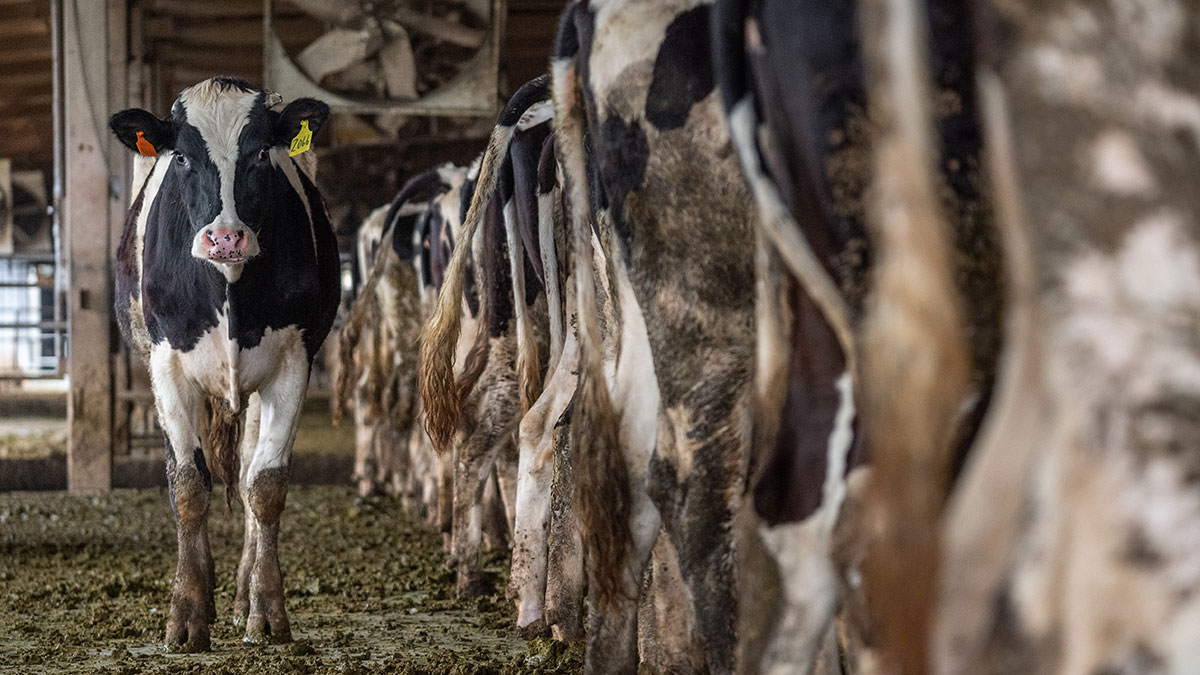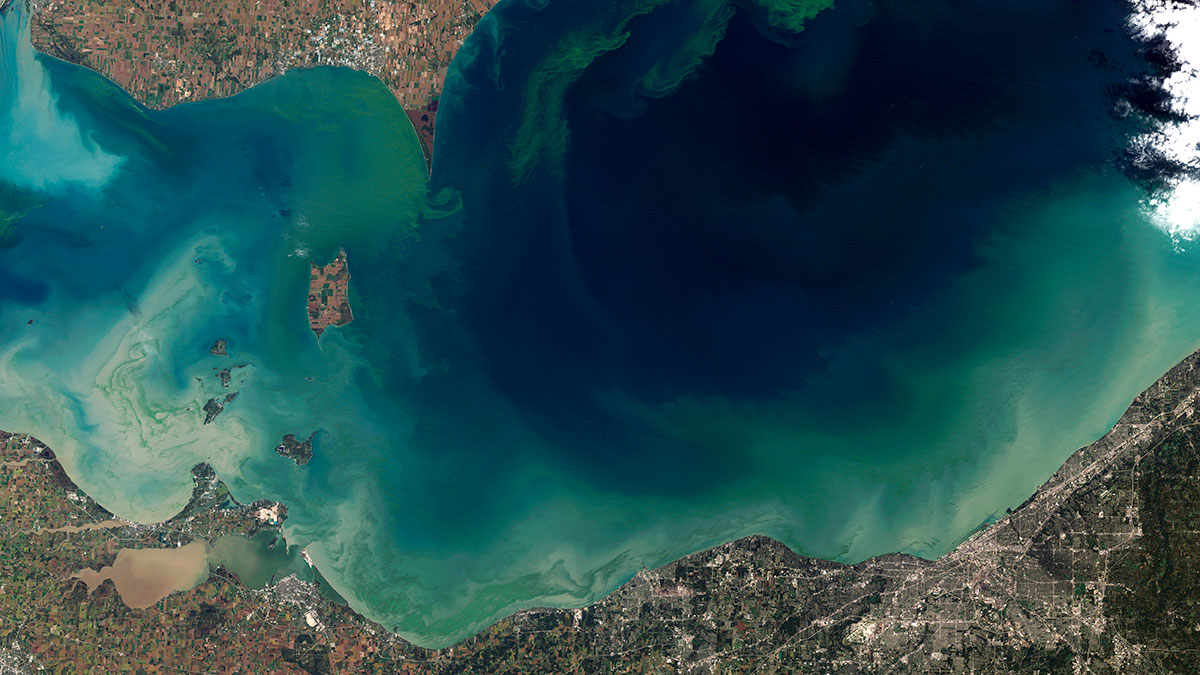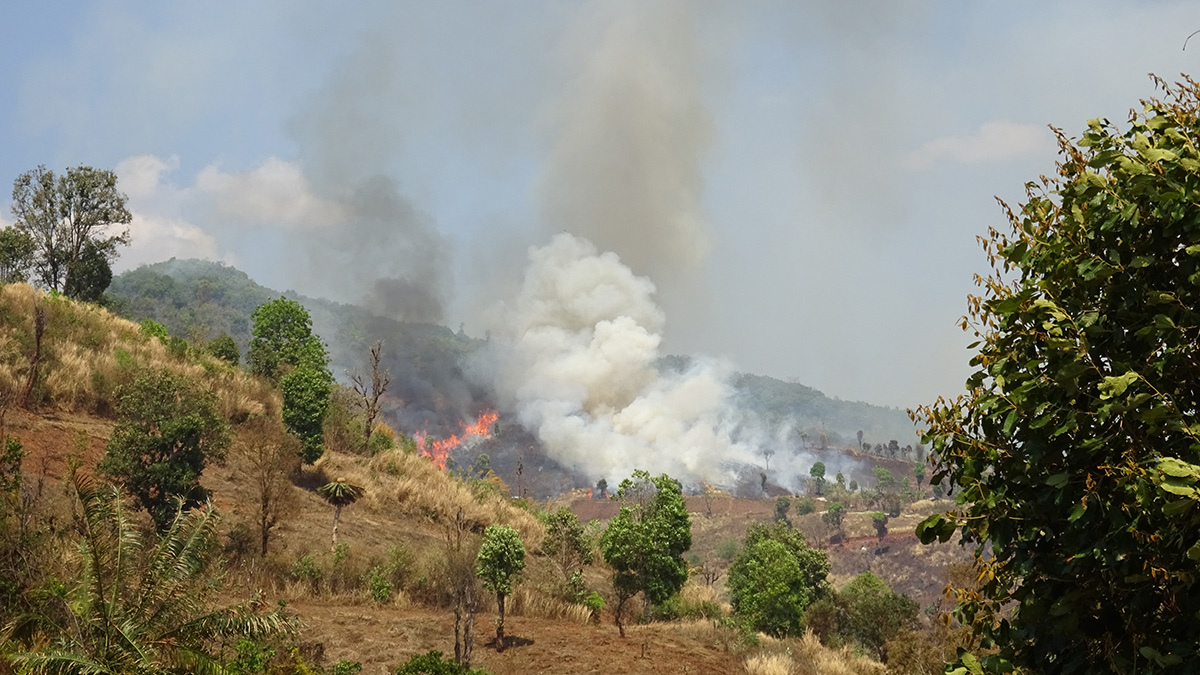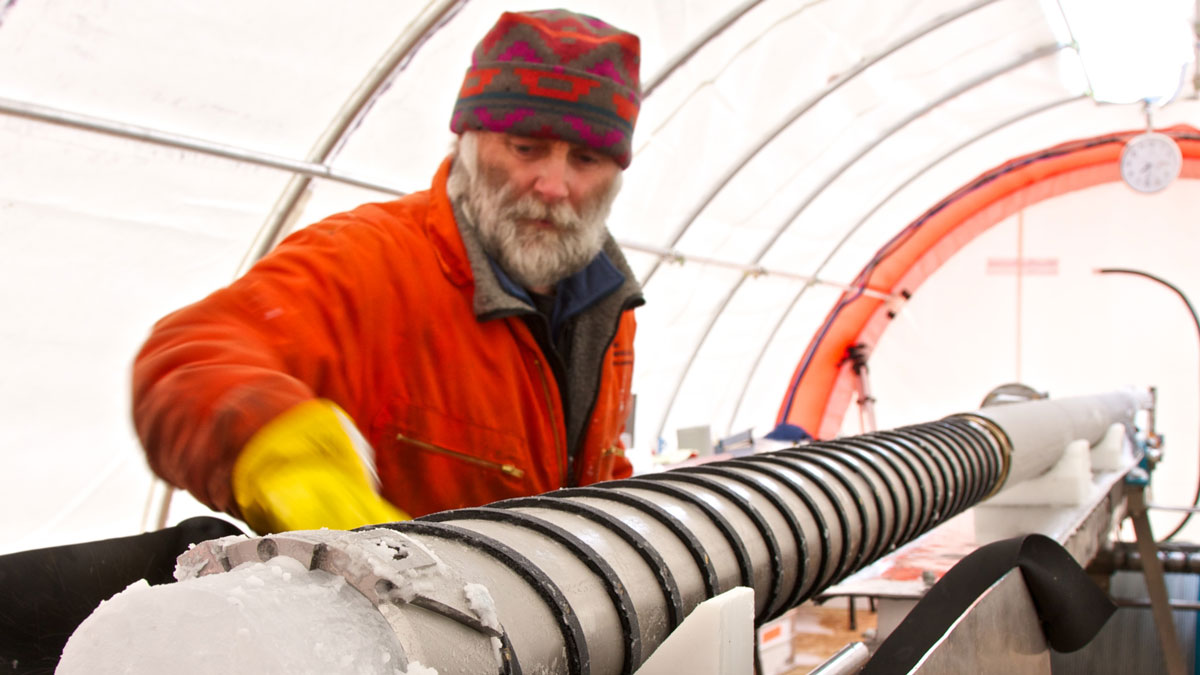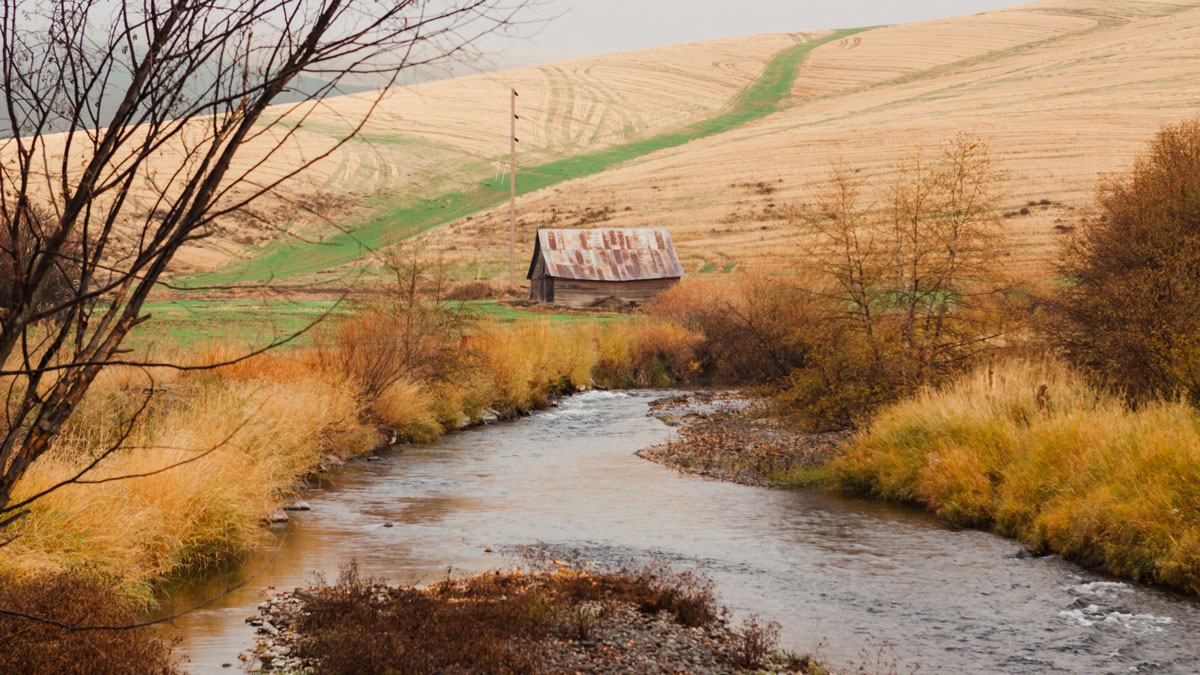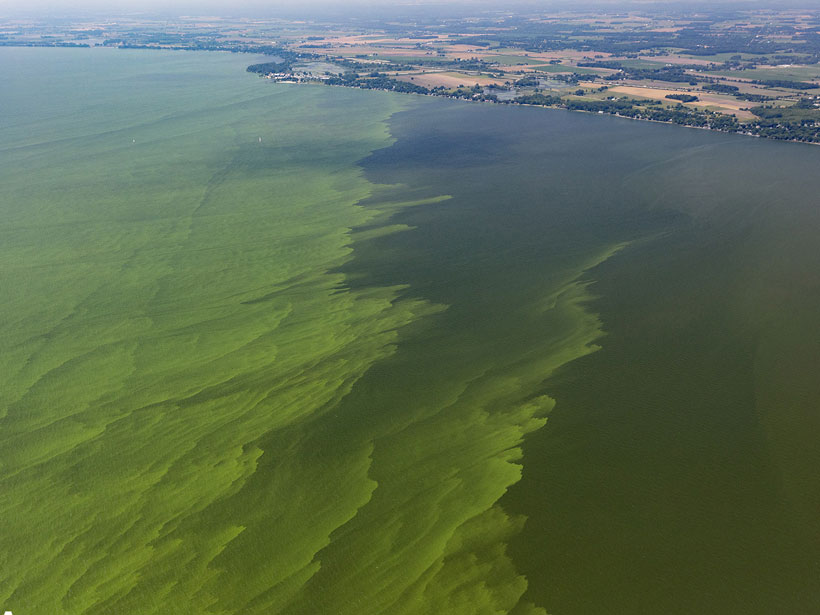For the first time, scientists have linked high-density animal operations in the U.S. Midwest to rising air pollution from ammonia, suggesting need for increased regulation from the EPA.
agriculture
Peruvian Farmers Threatened by Water Stress
Two analyses present the Arequipa region as a microcosm of water supply issues facing small-scale agriculture communities.
Cyanobacteria Blooms Exceed WHO Thresholds in Midwest Lakes
A study of 369 lakes across the Midwest finds that many of them, especially those close to agriculture, have high concentrations of harmful algal bloom-causing cyanobacteria.
The “Internet of Things” Boosts Agricultural Livelihoods in India
New technology is bringing better connectivity to remote areas, helping farmers improve crop yields and allowing fisherfolk to venture more safely out into the sea.
Māori Arrival in New Zealand Revealed in Antarctic Ice Cores
A new study shows smoke from fires set by the first inhabitants of Aotearoa from around 1300 left a mark in the ice 6,000 kilometers away, on an island off the Antarctic Peninsula.
Scientists Call for Policies to Buffer Agricultural Runoff
By reviewing 44 studies, researchers make a scientific case for regulating agricultural pollution of streams and rivers by implementing conservation practices, including riparian buffer zones.
Fires Lit for Agriculture Boost Air Pollution in Southeast Asia
Reducing fires lit for agricultural management and deforestation, which unduly affect poorer populations, could help prevent 59,000 premature deaths per year.
To Understand Hunger in Sub-Saharan Africa, Consider Both Climate and Conflict
Warfare exacerbates the impacts of drought to produce food insecurity crises that last long after the drought has passed, new research documents.
Lake Erie Sediments: All Dredged Up with Nowhere to Grow
Agriculture is a key contributor to the algae mats that plague Lake Erie. With so many fertilizers entering the lake, could sediment from the lake floor be used to grow crops instead?

